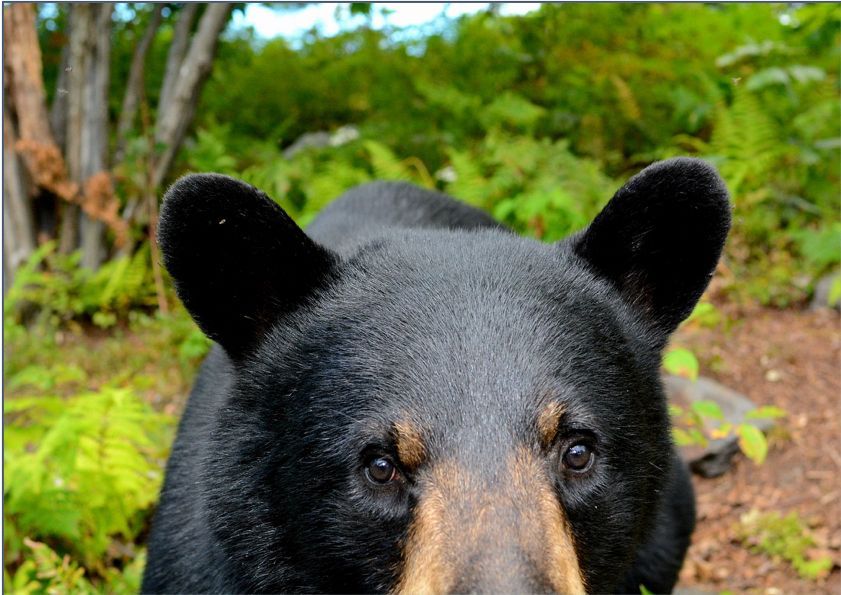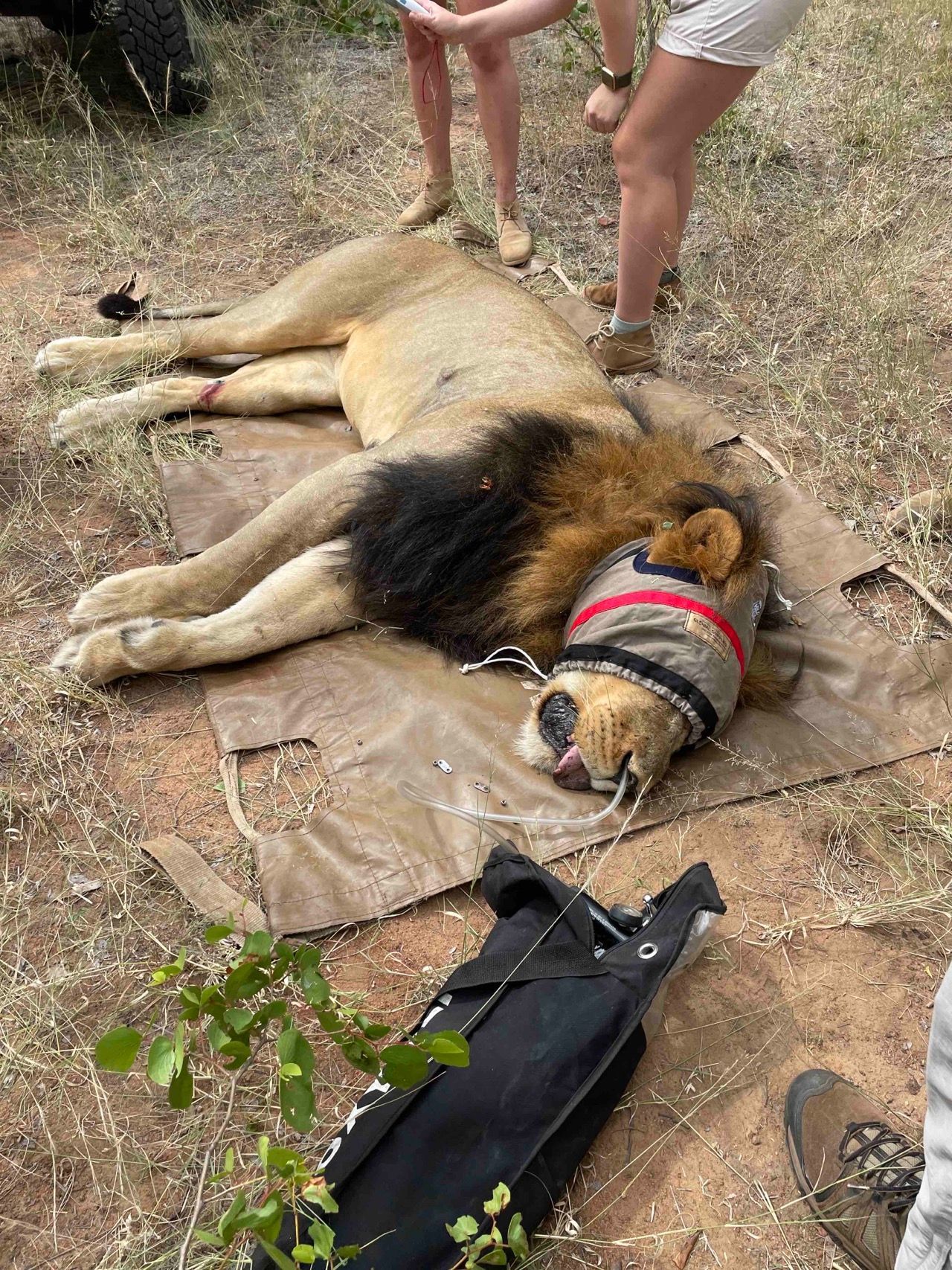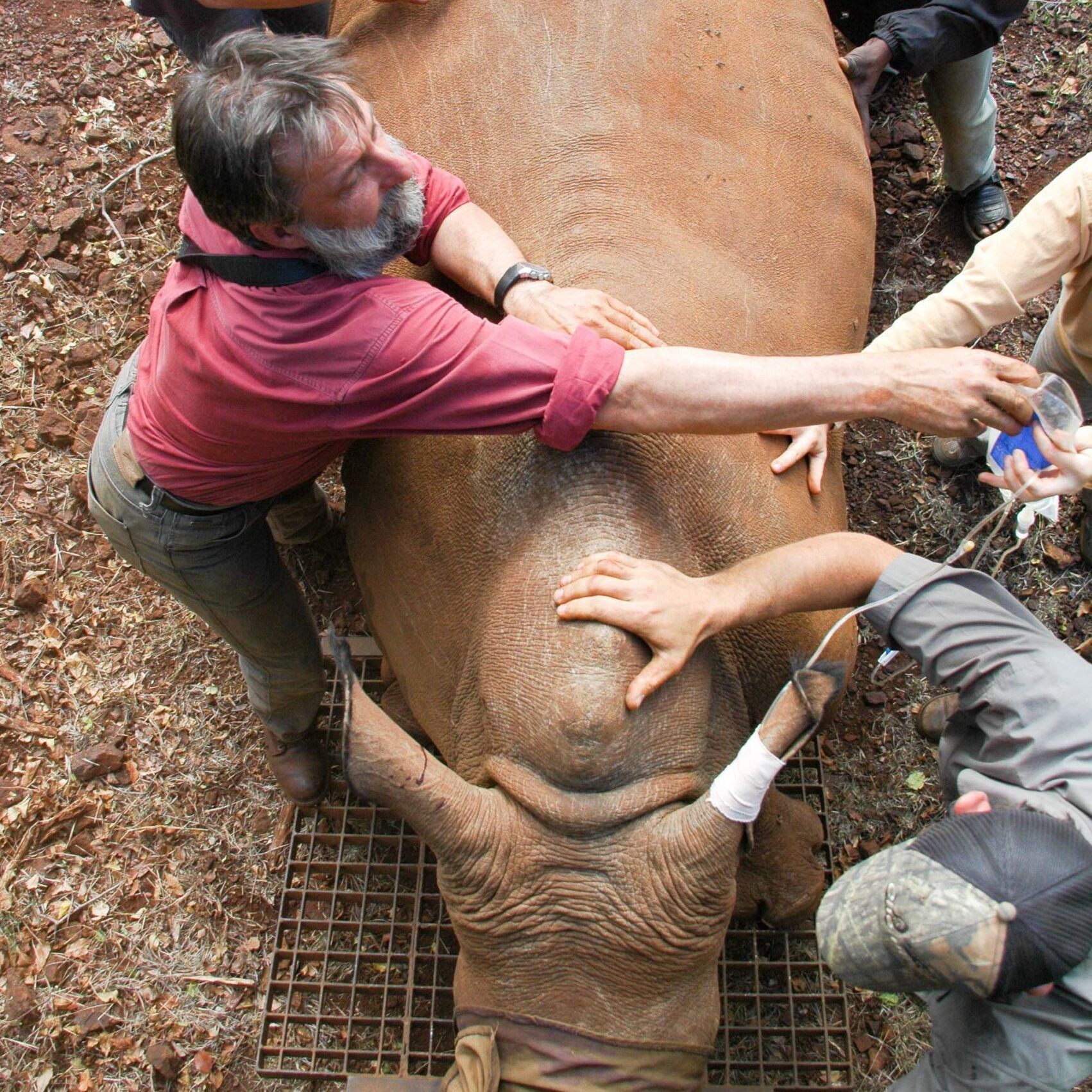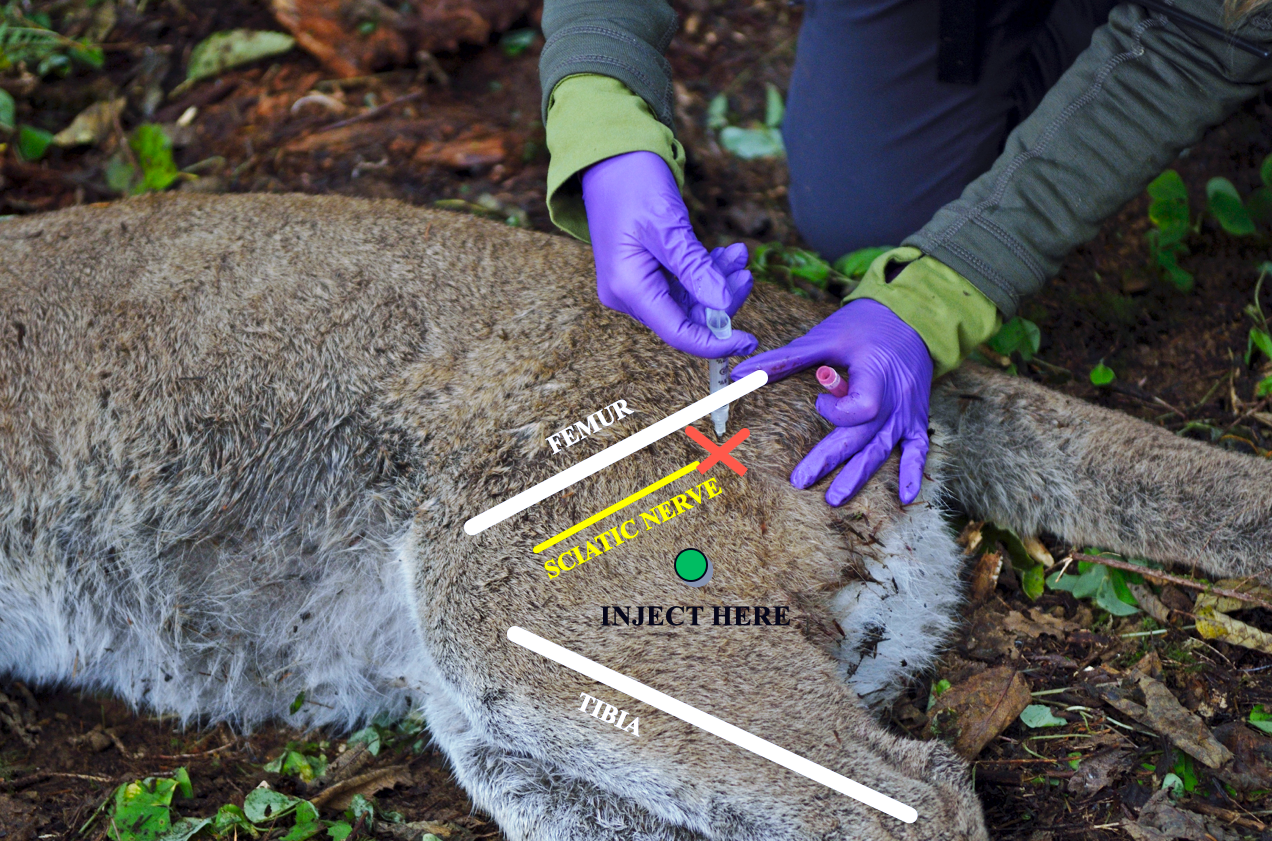Estimating Body Weights for Bears

Here is a great question sent to me from a wildlife biologist taking my online course, “The Foundations of Wildlife Chemical Capture”. Dr. Mark
Colleen asks:
Dr. Mark, I just finished Chapter 2 where you discussed the importance of accurate weight estimates to determine safe and effective immobilizing drug doses. I see you mentioned observing the ear size in relation to the body, but what are your other go-to observations for estimating body weight for bears?
Dr. Mark’s reply:
Great question. I have three predominant aspects that I consider when estimating body weight for bears:
- Ears give me a sense of how old the bear is. As bears grow, their head grows but their ears do not. So a big-eared bear is a small younger bear. A bear with little ears (relative to head size) is an older larger bear.
- We’re often estimating bear weights when they are in a culvert trap so I first notice if it is a large or small culvert trap because traps vary in size. A small culvert trap will make me think it is a larger bear and can skew my estimate. A larger trap will make a bear look smaller.
- My strongest reference is writing down my weight estimates on the drugging field form every time we do a capture. We also document actual weight as well. That way we are learning from every animal. When I have a partner at the capture, I ask them to also write down their weight estimate. After we weigh the bear, we know that whoever is least accurate buys the next coffee.
It is interesting to note that we have always strived for being accurate with animal weight estimates within 10%. That is the professional standard. I realized that we strive to be accurate within 10% because when we work with ketamine/xylazine and Telazol combinations (which I have done for decades), small variations in dose really makes a difference in the downtime and depth of immobilization. Many biologists are now immobilizing bears with BAM and BAM is more forgiving. We can be 25% off in our weight estimates and not notice a difference in the immobilization. One major reason for this with BAM is that we have reversals to wake up an animal when we’re done. With ketamine/xylazine and Telazol combinations the anesthetics are not reversible. With Telazol, we have to wait for them to wake up and we must wait for ketamine to wear off before we administer the reversal for xylazine. So we don’t want to give them any more than we need to, but we want to be confident that we gave enough!
In all cases, we still strive to be accurate within 10% for safe and successful wildlife immobilizations.
To recap:
- Look at the ears
- Look at the culvert size
- Write down both estimated weight and actual weight on the field form so we learn from each animal.
Care to learn more? Register for the online course, “The Foundations of Wildlife Chemical Capture“.
Share with your Connections
More articles for you....











